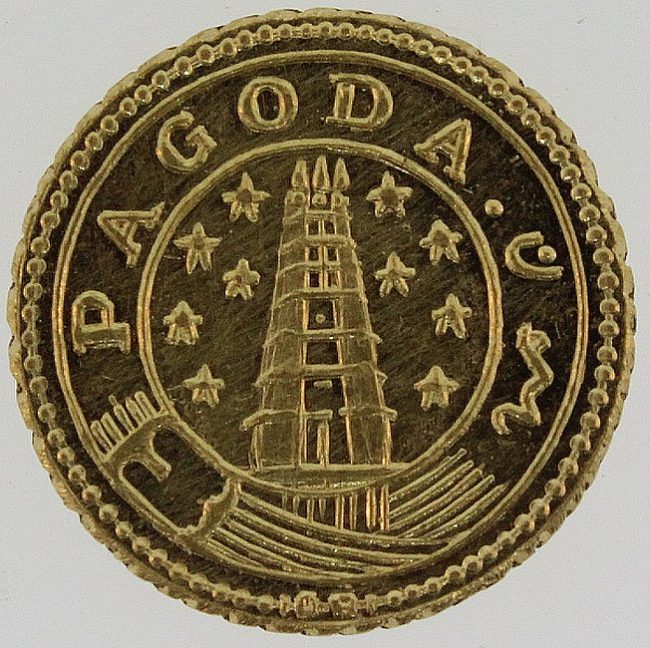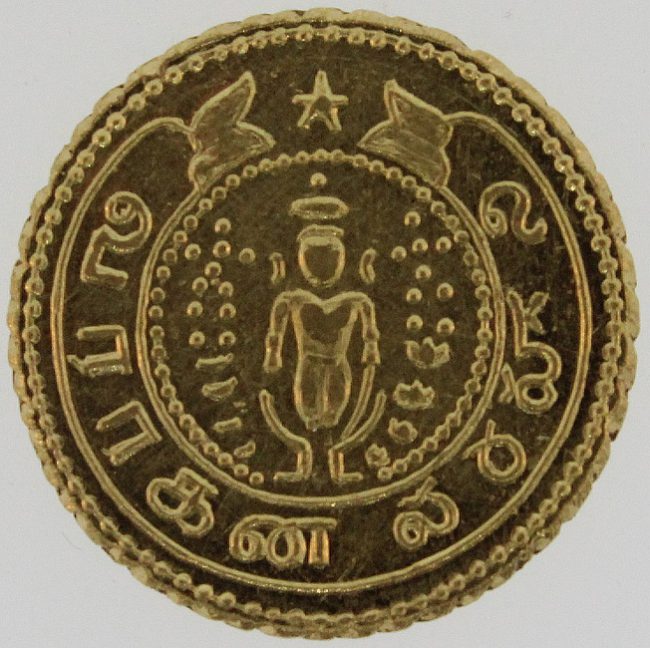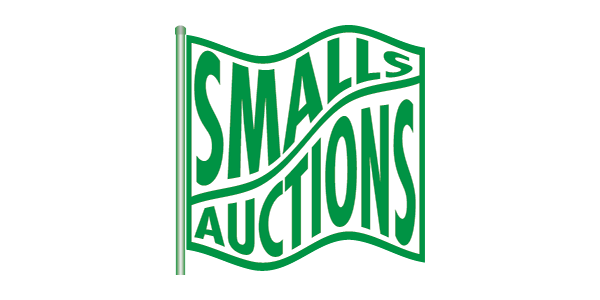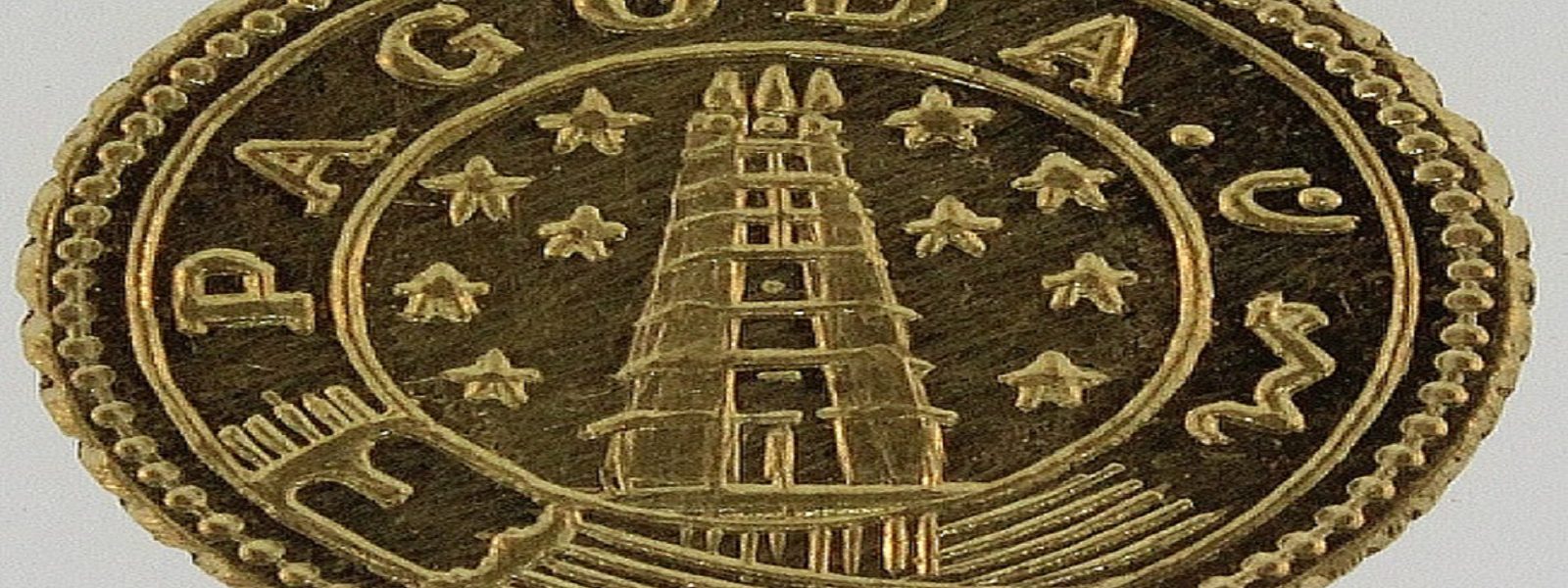Out of India
Back in the 1970s and 80s it was the British who ruled the world, at least in the area of numismatics. Their domestic coin industry was on its knees after the introduction in 1973 of a European-style V(alue) A(dded) T(ax) for goods and services which was not well-received by domestic collectors who were ‘outbid’ on coins by overseas buyers who were exempt from the tax.
With locals exiting the ‘hobby,’ the more entrepreneurial British dealers looked farther afield. The coin collections coming onto the market contained a wealth of history often with impeccable provenance and so the dealers turned to exporting these numismatic treasures to the World.
However, it was not only coins of the ‘Kings and Queens of England’ that were ‘hawked’ to all and sundry. I am reminded with the recent death of the renowned Sydney coin dealer M. R. Roberts, who once ’boasted’ having the biggest mail-order coin business in the World, that anything bright and shiny attracted the ‘magpie’ collector. His ‘title claim’ may have gone untested but, British dealers, some with the salesmanship of ‘barrow-boys,’ certainly beat a steady path to his door selling him boxes of coins featuring ‘butterflies’ or ‘boats’ or some other obscure theme which he flogged in his monthly Numisnews as ‘IP’ or ‘Investment Potential.’ Not to say that it was only Australians who were ‘mug’ collectors because the ‘Brits’ sold far more ‘exotic treasures’ into the much larger U.S. market.
It wasn’t all smooth sailing with one leading dealer facing financial ruin after the Japanese Government stepped in to outlaw his attempt to corner the trade in gold coins celebrating the '60th Anniversary of Emperor Hirohito,' while another was caught up in an ‘FBI’ sting to recover an extremely rare U.S. 1933 Gold $20 piece that was ‘on loan’ to King Farouk of Egypt when his coin collection was sold off by President Nasser when he was unceremoniously thrown off the throne.
But, the resilience of the ‘Brits’ as the jet-setting deal-makers of the numismatic world rolled on with perhaps one of the greatest coups achieved by the dealer who struck up a fortuitous conversation at a Singapore Coin Fair with an employee of the South African Mint whose stand abutted his table. Having been alerted that the Mint held a little-known collection of coins ‘just like those the dealer had on display’ he casually commented that by sheer coincidence he was going to be in South Africa the following week. You would be right to guess that he high-tailed it to the Mint and managed to purchase the collection and, as they say, ‘the rest is history.’
That same dealer had travelled to the Singapore Fair via Bombay where he had picked up a half-dozen very rare Australian 1918 P Half-sovereigns. The whereabouts of this mintage was unknown until the 1970s when one of the first examples was sold by the same M.R. Roberts when it had a recognised population of just four. It had been an unconfirmed rumour that the Perth-struck 1918 P Half-sovereigns had somehow made their way to India, something apparently confirmed by the inordinate number that the dealer had been able to secure in Bombay.
Also, in his possession was a small hoard of Indian Gold Pagodas struck in 1808-15 for the Madras Presidency when under British rule. In Bombay he had accumulated over a hundred pieces all in Mint Sate which were destined for the Australian market because they could be sold at a premium as an ‘Australian Proclamation’ series coin.
Collectors of historical Australian coins would be well-aware of the ‘table of specie’ of foreign coins that circulated in the Colony of New South Wales in its fledgling years. On the 19th November 1800, Governor King, in an endeavour to retain coinage in the Colony, proclaimed that eleven coins would be recognised as local currency at a premium to their international values. The Indian Pagoda was included in the ‘Proclamation’ and given a local value of 8 Shillings which was significantly greater than its intrinsic gold value. The plan was not overly successful in its execution as it was reported at the time that visiting traders simply adjusted their prices accordingly and sailed away with the loot.
But it is likely that the ‘Proclamation’ coins would have circulated to some extent in the Colony in tandem with other forms of currency at least up until the 1820s when English coins became more plentiful.
In Sale 49 Smalls Auctions offers part of the ‘Bombay Hoard’ of Indian Gold Pagodas of the Madras Presidency, an integral part of Australia’s coin history.



